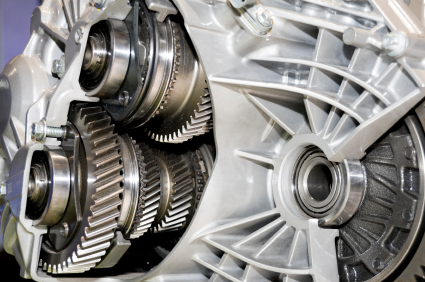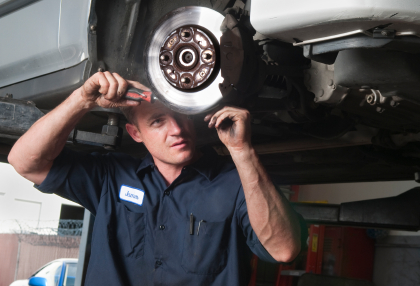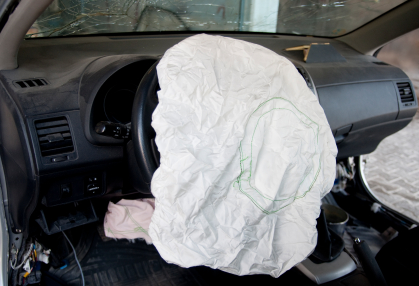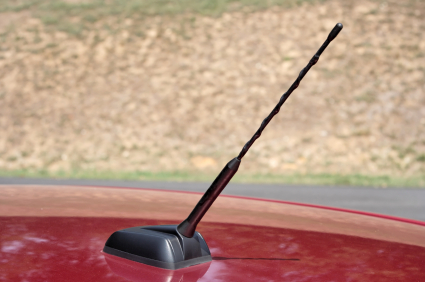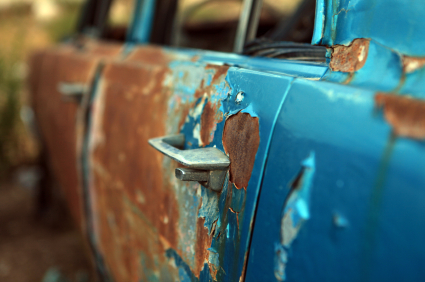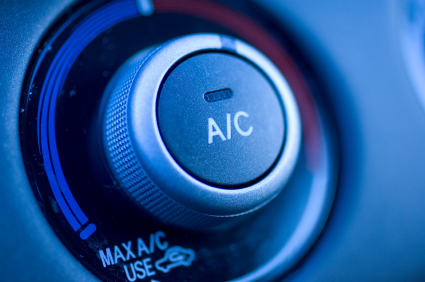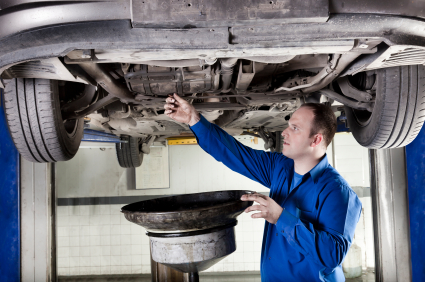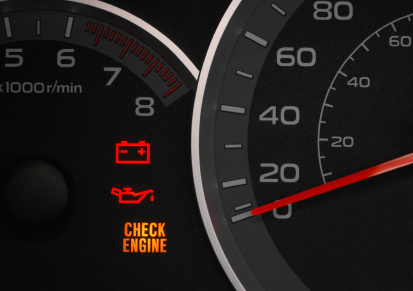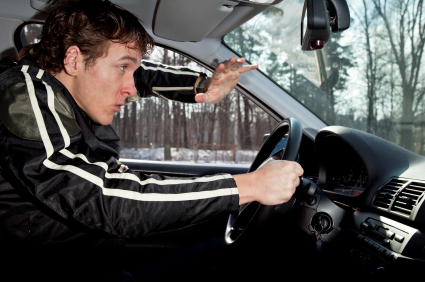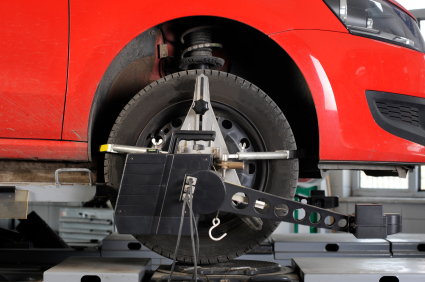Automatic transmission jerks when downshifting can be extremely annoying as you drive. Slowing down and decelerating becomes a problem when the transmission starts to jerk or clunk. This is not only annoying, but also potentially dangerous if you do not get the problem checked out. Read on to learn the cause and solution for jerky downshifting.
Why my automatic transmission jerks when downshifting?
Extreme weather is a probable cause – particularly hot weather. This may be a problem for people living in the southern and western states. Extremely hot weather can thin out the transmission fluid in your vehicle. The fluid pressure also becomes skewed. This causes the transmission fluid to lose some of its qualities and as a result, it affects the shifting. The following are a couple of tips and tricks to understanding and fixing the problem.
Solutions
Check your transmission fluid level. If it is off, a simple correction would be to make sure that you have an adequate level of transmission fluid. You can also try flushing your system. Replace the old fluid with new transmission fluid. Try to find the high temperature specific fluids in addition to having a quality transmission filter.
If you try flushing the transmission and it doesn’t work, try asking your car dealership. They may have past experiences of other customers with the same problem and may be able to offer more accurate advice specific to your situation.
Additional Help
Sometimes your system simply needs to be upgraded. It is time to get help from a professional, someone who can give you guidance through the process. Want to learn more about your car and have a professional help you out? Check out TalkLocal. You will be connected for free and within minutes to local professionals who can help out with your specific problem! Check them out!

